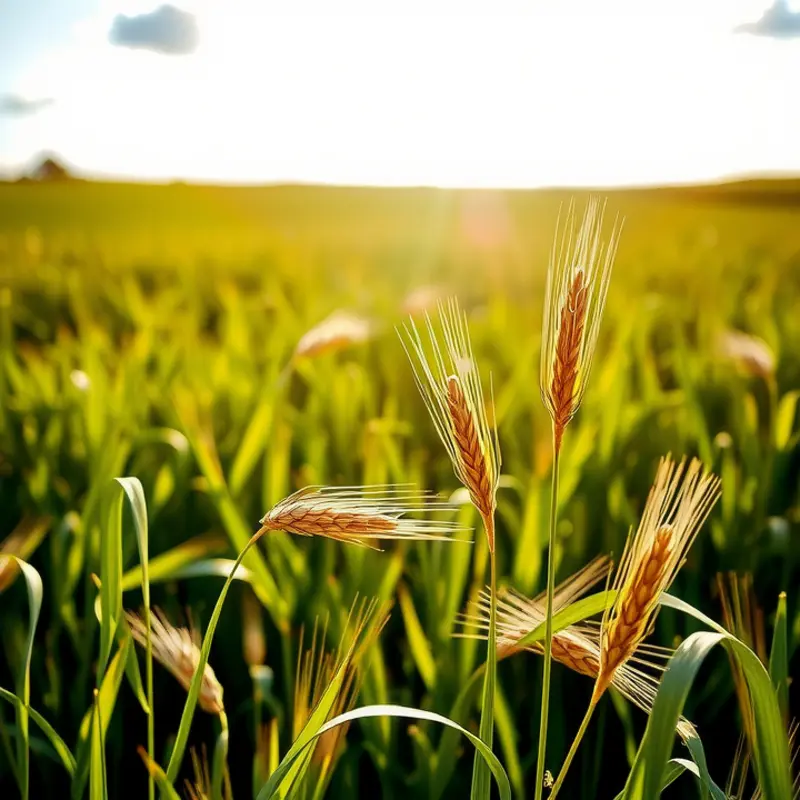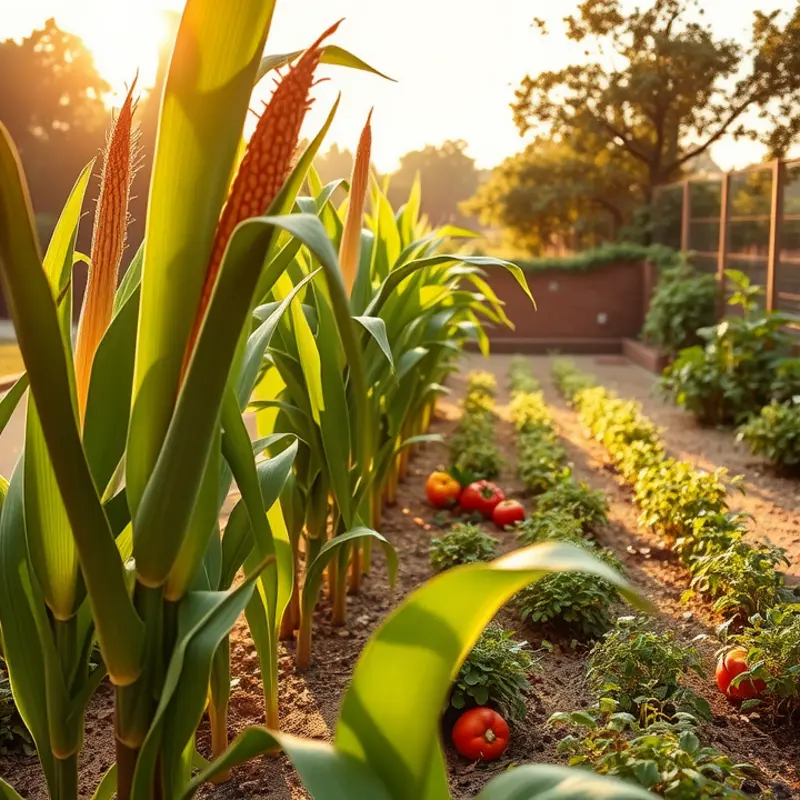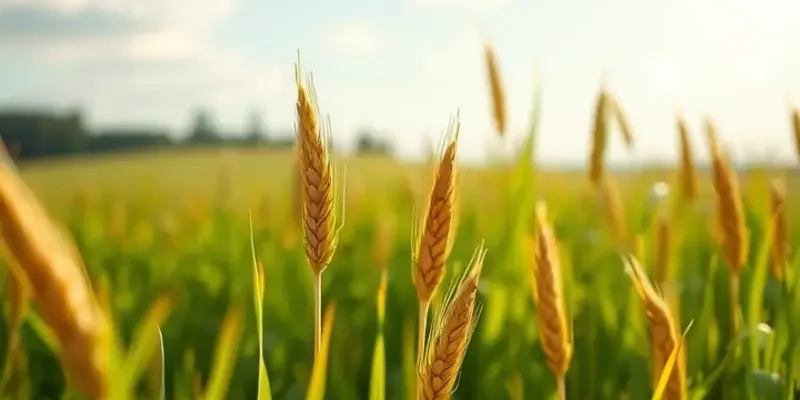Bread is more than just a staple food; it carries the essence of culture across continents. From the rustic countryside of France to the sun-kissed plains of Mexico, traditional bread baking methods tell the stories of communities and their relationship with the land. As we delve into these unique practices, we uncover not only the technique but also the heart and soul behind every loaf, making each bite a taste of history.
The Art of Sourdough: Ancient Techniques from Europe

Sourdough bread is more than a food; it’s a testament to culinary history and tradition across Europe. The magic begins with wild yeast, naturally occurring and harvested from the air. Bakers nurture these microorganisms in a ‘starter’, a simple mixture of flour and water. This starter forms the soul of sourdough, influencing its flavor and texture.
In countries like France, the tradition of leavening dough with naturally occurring yeast sets a high standard. French bakeries, or boulangeries, often keep their starters alive for decades. The microbial diversity in these cultures creates bread with a unique taste, one that commercial yeast struggles to replicate.
Across the continent in Italy, sourdough is known as ‘lievito madre’. Italian bakers pride themselves on creating bread with a chewy crust and airy crumb, particularly in regional staples like Pane Toscano. The simplicity of ingredients – just flour, water, and salt – enhances the subtle flavors offered by the natural yeast.
The shaping of sourdough is an art in itself. Bakers use tools like the banneton, a wicker basket that helps the dough retain its shape during the rise. This tool, commonly used in Germany and beyond, contributes to the bread’s distinctive spiral pattern on the crust. German breads like the dark and dense Schwarzbrot rely heavily on the robust nature of sourdough, celebrated for its intense flavor and extended shelf life.
The choice of grains plays an equally vital role across regions. In Eastern Europe, rye flour dominates in sourdough preparation. The high protein content of rye flour results in a dense and wholesome loaf. Countries such as Poland and Russia rely on sourdough to create traditional rye breads that pair well with regional dishes.
Grains influence not only the texture but also the aroma and taste of the finished product. In Scandinavia, for example, the addition of whole wheat or barley gives sourdough a nuttier flavor. These grains reflect a long-standing tradition of hearty breads designed to endure cold climates and long winters.
The communal aspects of sourdough also persist. Sharing starter cultures among friends or communities is a common practice, sustainably fostering both the bread’s continuity and personal connections. Such traditions are echoed in the global exchange of culinary techniques, further expanding the rich tapestry of bread making.
For those inspired by the ancestral craft of sourdough, mindful ingredient choices are crucial. Understanding the flavor variations of local grains enhances the experience. To further dive into ingredient impacts, resources like this guide on flavor boosters without salt provide insights into elevating your baking without overpowering the delicate balance of flavors.
Ultimately, sourdough stands as a symbol of resilience and creativity, linking us to ancient traditions while offering a canvas ripe for modern interpretations.
Tortilla Tales: The Heart of Mexican Cuisine

The humble tortilla stands at the heart of Mexican cuisine, embodying millennia of history and culture. Originating over 10,000 years ago, the earliest tortillas were crafted by indigenous Mesoamerican civilizations. Corn, a staple for these cultures, underwent transformation through the ingenious process of nixtamalization. This ancient method, essential to tortilla making, involves soaking corn kernels in an alkaline solution, typically limewater. The nixtamalization process not only enhances flavor and aroma but also increases the corn’s nutritional value, unlocking vital nutrients such as niacin and calcium.
Today, tortillas remain integral to Mexican life, adapting over time to innumerable culinary applications. While traditional methods persist in some rural communities, the modern kitchen offers new tools, ensuring tortillas maintain their place in both humble meals and gourmet dishes alike.
Making tortillas is more than an act of cooking; it is a ritual that connects families across generations. Each step, from grinding nixtamalized corn into masa to the rhythmic patting and cooking on a hot comal, is part of a tradition passed down through centuries.
A variety of regional recipes highlight the versatility of the tortilla. In the south, buttery soft corn tortillas pair perfectly with fiery salsas and savory meats. In contrast, the north celebrates the flour tortilla, larger and often used for hearty burritos. Yet, despite regional differences, all tortillas share a unifying thread of community and tradition.
The advent of social media and global influences has introduced new interpretations of the tortilla. Creative twists, such as incorporating alternative flours or integrating international flavors, have expanded its culinary scope. Despite these innovations, the heart of the tortilla remains rooted in Mexican cultural heritage.
Cooking without gums or preservatives is part of embracing the authentic tortilla experience. Emphasizing simplicity and freshness aligns with the traditions Mexican families have cherished for generations. For tips on crafting authentic recipes, you can explore this guide.
Whether serving as a vessel for flavorful fillings or enjoyed simply with a sprinkle of salt, the tortilla is a versatile staple. It is ever-present in fiestas, family gatherings, and daily meals, adapting to new contexts while cherishing its storied past.
Through the lens of the tortilla, one gains insight into the resilience of Mexican culture. Despite the rapid pace of modern life, the art of tortilla making sustains its essential role, weaving together the threads of history, family, and flavor into a single, enduring tapestry.
Final words
The journey of bread baking is one that transcends borders and generations, embodying the spirit of the people and places from which it originates. Each method—be it the sourdough from Europe or the humble tortilla from Mexico—carries with it stories of resilience, heritage, and culinary artistry. As you knead your dough or press your tortillas, remember that you’re not just making bread; you’re participating in an age-old dialogue that connects you to cultures around the globe. Embrace these traditions and share them, allowing the flavors of history to enrich your culinary experiences.








